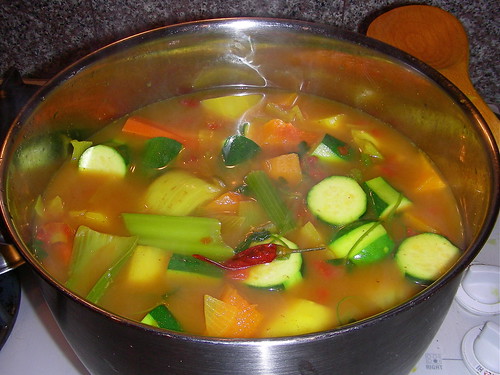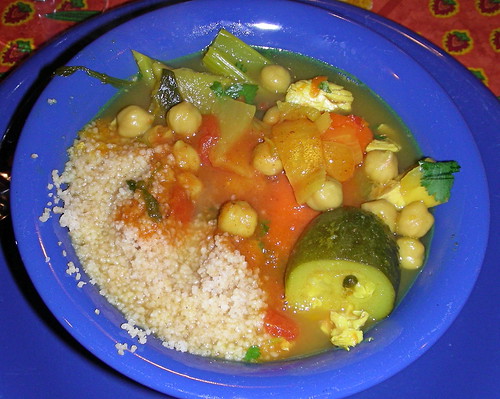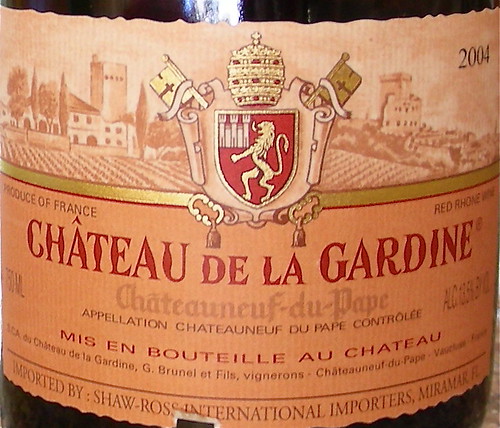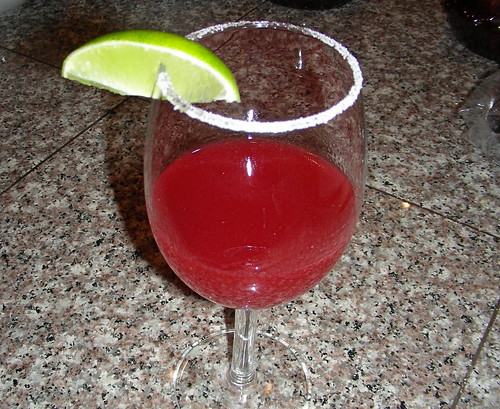Considered
America's sweetheart grape,
Zinfandel was the theme of our latest wine club event. Our goal was to taste and compare different Zinfandel and Zinfandel related varieties from various wine regions, including Croatia, Italy, and California.
The story of Zinfandel is fascinating. It came to the United States in the early 1800s via the Imperial Nursery in Vienna, Austria, and quickly became a popular table grape in the Northeast. Then in the mid-1850's, it was introduced to California by a Massachusetts nurseryman who had joined the California Gold Rush. It thrived so well in the state's climate that by the end of the 19th century, Zinfandel was the most widespread grape variety in California.
For a long time, Zinfandel was California's mystery grape, but thanks to DNA profiling, it has now been proved that Zinfandel is a clone of the Croatian variety Crljenak. The grape was also imported to Apuglia in Southern Italy, probably by the Illyrians more than two thousand years ago. In Apuglia, the grape is called
Primitivo because of its precociousness.
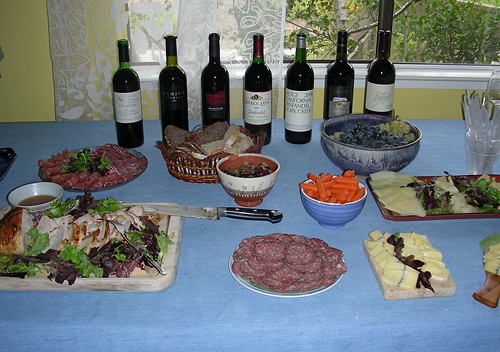
Here are the wines that we tasted:
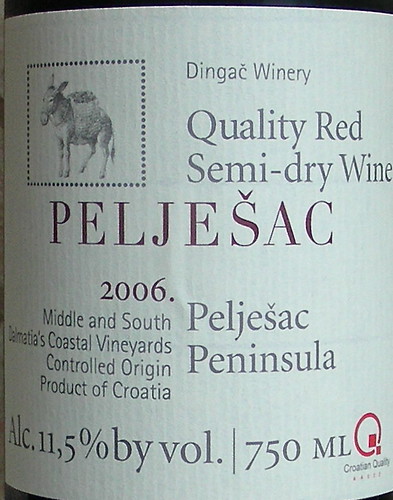
•
2006 Dingac Plavac Mali Peljesac:
Vinarija Dingac is a Croatian winery located in the
Peljesac Peninsula on the Dalmatian Coast.
Plavac Mali, which has been found to be a cross between Zinfandel and the local grape Dobricic, is the main red varietal grown along the Dalmatian Coast. My notes: only 11.5% alcohol. Light red brick color, plums and prunes on the nose, light to medium-bodied on the palate, nicely balanced. Really easy to drink and pretty popular among the guests.

•
2006 Bibich Riserva: The
Bibich estate is located in
Skradin in Northern Dalmatia. The wine is a blend of three local grapes (Babich, Plavina, Lasin) that are thought to be related to Zinfandel. My notes: 12.2% alcohol. Red berry color, spicy and peppery on the nose, medium-bodied on the palate, lively acidity, food friendly.
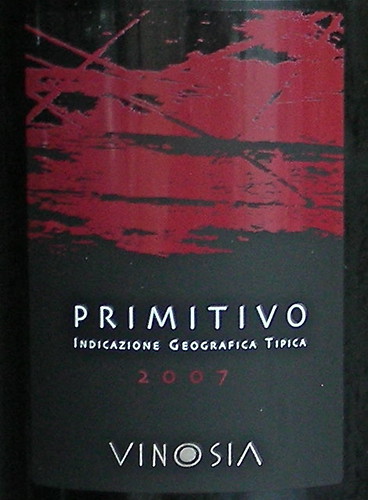
•
2007 Vinosia Primitivo di Salento:
Aziende Agricole Vinosia is a new winery from Campania founded by Mario Ercolino, winemaker at Feudi di San Gregorio, and his brother Luciano. The wine comes the
Salento region, a sub-peninsula in the south-eastern extremity of Apulia in Southern Italy. My notes: 13.5% alcohol. Deep purple color, peppery, red and back berry on the nose, earthy on the palate, good acidity, licorice on the finish. My favorite wine of the evening.
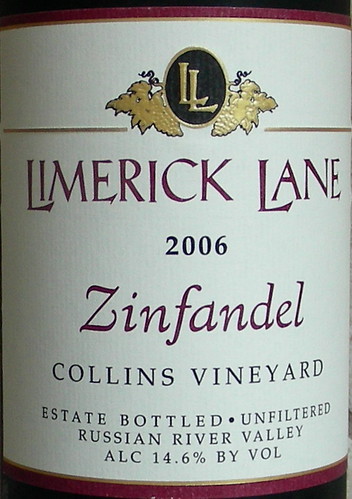
•
2006 Limerick Lane Zinfandel Collins Vineyard Russian River Valley:
Limerick Lane is located at the eastern extremity of the Russian River Valley appellation and at the eastern end of the Dry Creek Valley appellation. The vineyard dates back to 1910 and some vines from that era are still in production. It is dry-farmed, relying on winter and spring rains to water the vines. The wine is stored for a year in a combination of French and Hungarian oak barrels. Each vintage uses between 25-30% of new oak. My notes: 14.6% alcohol. Medium red color, citrus and red berry on the nose, medium-bodied on the palate, herbal notes on the finish.
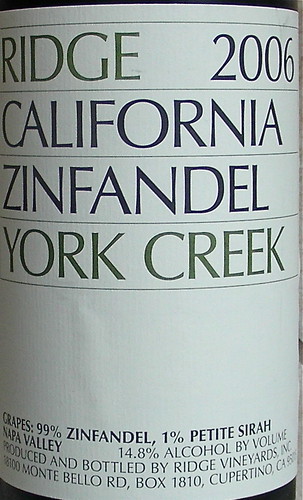
•
2006 Ridge Zinfandel York Creek:
Ridge Vineyards started harvesting Zinfandel from the
York Creek Vineyard in 1975. Situated high on Spring Mountain and overlooking St. Helena and the Napa Valley, the York Creek vineyard has well drained gravelly loam soils and a cool, mountainous climate. The 2006 vintage is aged in a combination of new and used American oak barrels. The blend is 99% Zinfandel, 1% Petite Sirah. My notes: 14.8% alcohol. Deep color, red berry on the nose, medium-bodied, good acidity, juicy on the palate, well-balanced. A favorite among the Zinfandels from California.
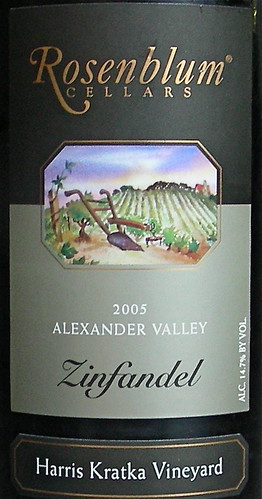
•
2005 Rosenblum Zinfandel Harris Kratka Vineyard:
Rosenblum Cellars was founded in 1978 by veterinarian Dr. Kent Rosenblum and his wife Kathy. The winery works with over 80 unique grape growers and has an extensive wine portfolio of Zinfandel and Rhône varietal wines. The 16-acre Harris Kratka Vineyard is located just east of the Russian River in the Alexander Valley appellation. It is planted with half-century-old, head-pruned vines, 90% of which are Zinfandel, 5% Carignane and 5% Petite Sirah. My notes: blend of 75% Zinfandel, 15% Petite Sirah, 10% Carignane. 14.7% alcohol. Deep color, herbal, spicy on the palate, good finish, tasty.

•
2006 Seghesio Cortina Zinfandel Dry Creek Valley:
Seghesio Family Winery was founded by Edoardo Seghesio who emigrated from Italy in 1886. The family-owned winery flourished in the bulk wine business until the mid 1970s, producing most of the red wine made in Sonoma County. Then in 1983, Ted Seghesio, a fourth generation family winemaker, bottled his first wines under the Seghesio label. Nestled in the heart of Dry Creek Valley, the Cortina vineyard was purchased by the winery in 1957. The climate is both coastal and inland with coastal fogs in the morning followed by long hours of sunshine. My notes: 15.2% alcohol. Medium red, sweet red berry on the nose, intense, hot on the palate, somewhat unbalanced, too alcoholic.
For our next wine tasting, we'll be tasting the wines blind, so be ready for the challenge!
Previous wine club tastings:
•
Drink Local Tasting•
Pairing wine and cheese•
Tasting the wines of the Rhône ValleyTechnorati tags: wine food & drink
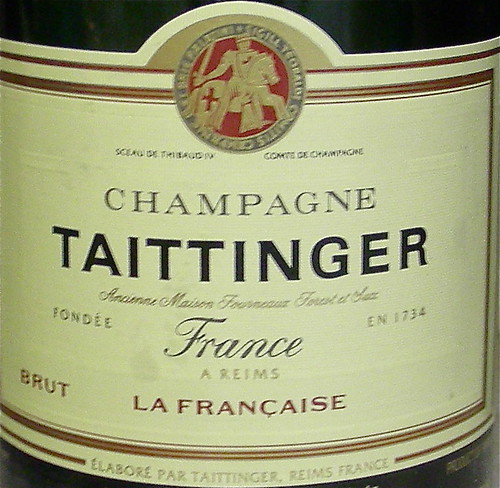 One of them was a bottle of Champagne Taittinger Brut La Française. Founded in 1734 by Pierre Taittinger, the Taittinger Champagne house owns approximately 752 acres of vines, including vineyards in the renowned Côte des Blancs and Montagne de Reims. It is one of the three most extensive wine estates in Champagne and relies primarily on its own grapes for its Champagne production. Pierre Taittinger was a visionary well ahead of his time. He foresaw that the market would turn away from heavily dosed, sweet champagnes in favor of natural, elegant wines and thus defined the Taitinger style to be centered on the concepts of lightness and naturalness.
One of them was a bottle of Champagne Taittinger Brut La Française. Founded in 1734 by Pierre Taittinger, the Taittinger Champagne house owns approximately 752 acres of vines, including vineyards in the renowned Côte des Blancs and Montagne de Reims. It is one of the three most extensive wine estates in Champagne and relies primarily on its own grapes for its Champagne production. Pierre Taittinger was a visionary well ahead of his time. He foresaw that the market would turn away from heavily dosed, sweet champagnes in favor of natural, elegant wines and thus defined the Taitinger style to be centered on the concepts of lightness and naturalness. The other sparkling wine was a bottle of Poema Cava Brut. Cava is a Spanish wine produced mainly in the Penedès region in Catalonia, southwest of Barcelona. Under Spanish D.O. laws, Cava must be made using the Traditional Method with second fermentation in the bottle, and using a selection of grapes that includes Macabeo, Parellada, Xarel·lo, Chardonnay, Pinot noir, and Subirat.
The other sparkling wine was a bottle of Poema Cava Brut. Cava is a Spanish wine produced mainly in the Penedès region in Catalonia, southwest of Barcelona. Under Spanish D.O. laws, Cava must be made using the Traditional Method with second fermentation in the bottle, and using a selection of grapes that includes Macabeo, Parellada, Xarel·lo, Chardonnay, Pinot noir, and Subirat.







